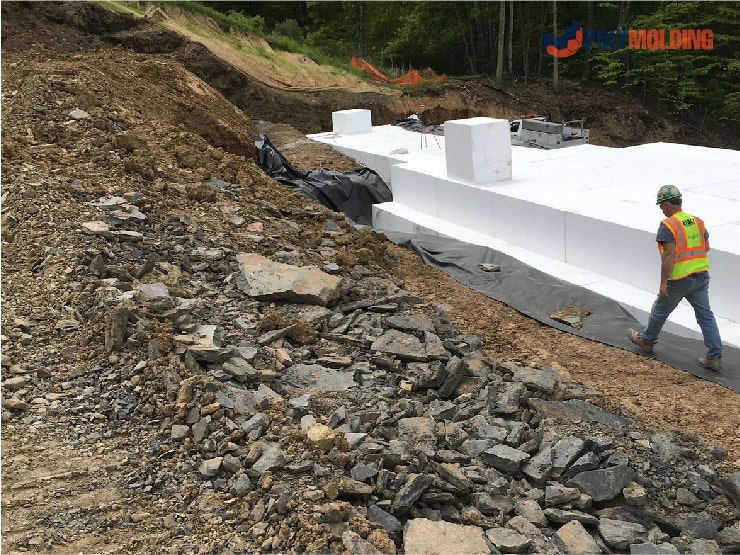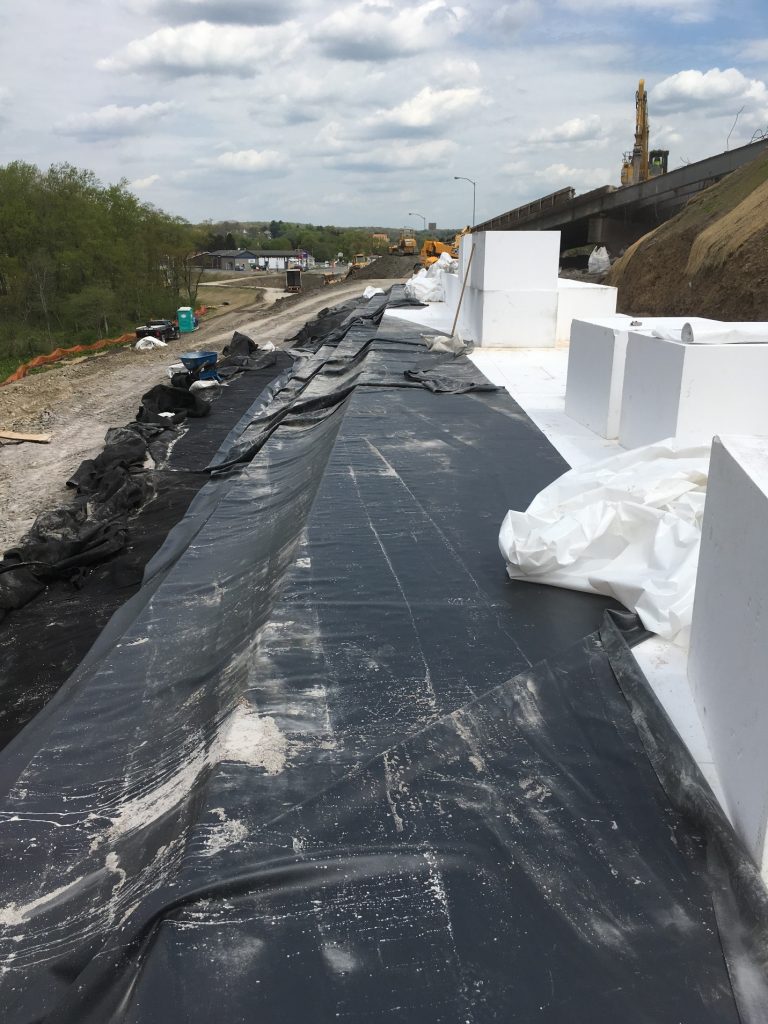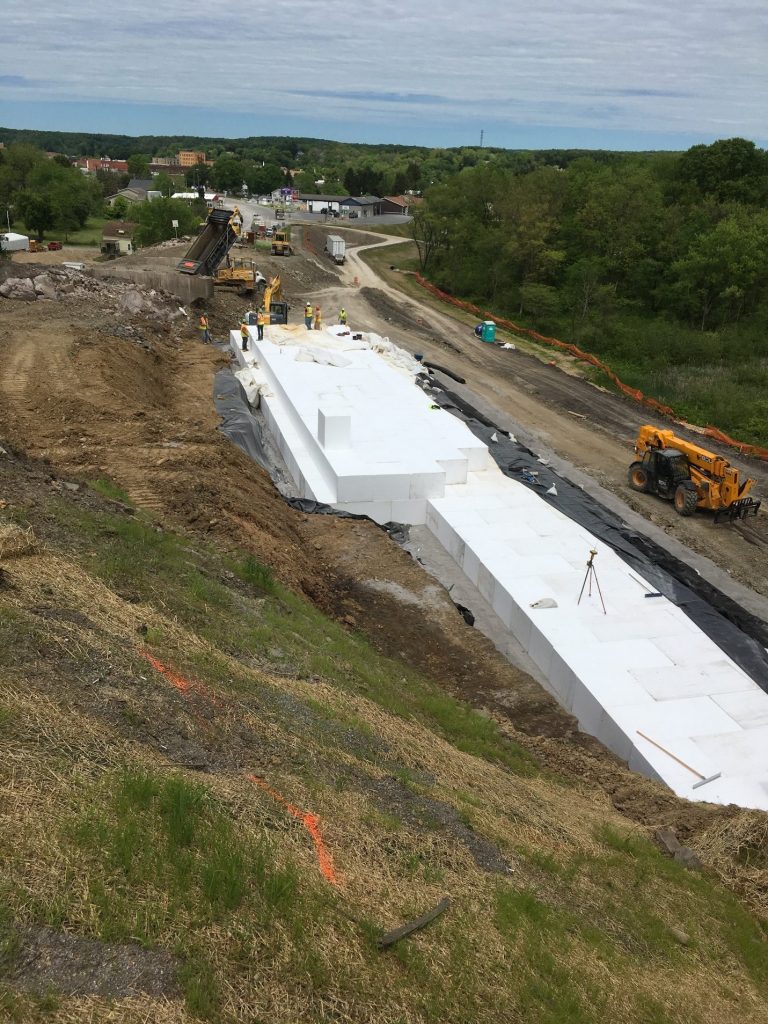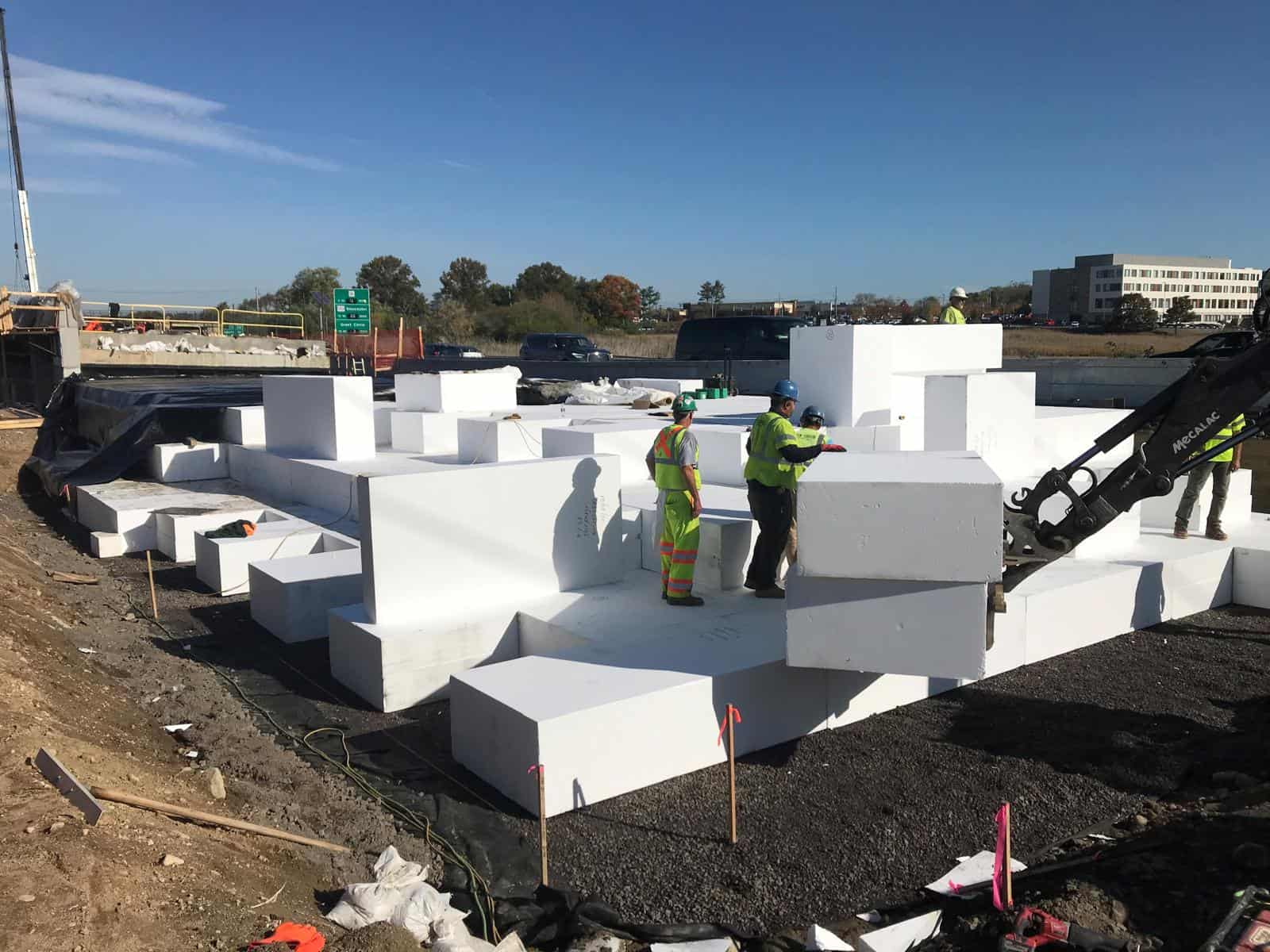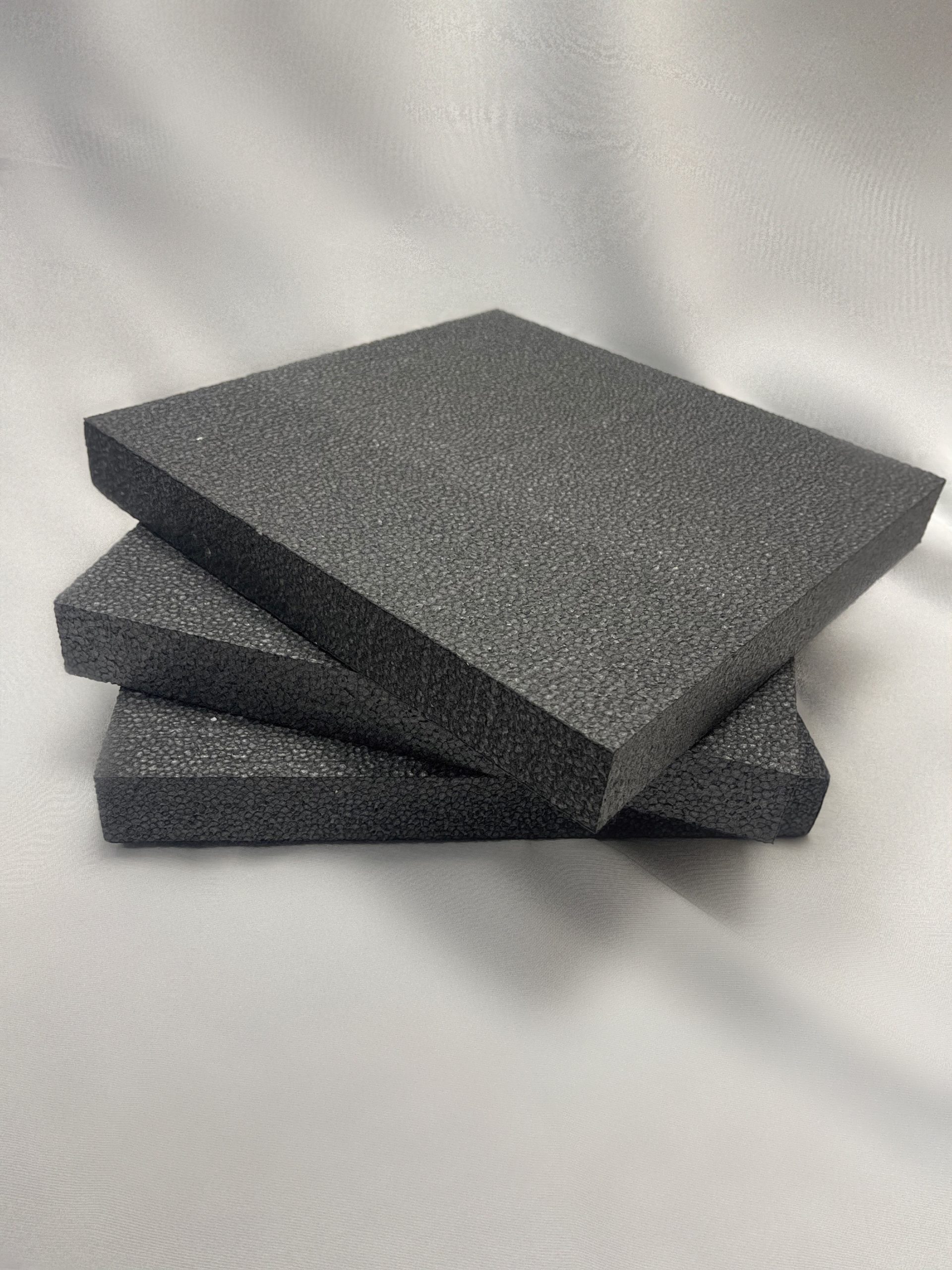Drive along highways, and you’ll sometimes notice slopes or inclined grounds. Slopes play a significant role in the development of highways, railway embankments, and canals because they are generally a more cost-effective option than retaining walls. However, this brings up several issues, be it artificial or natural, such as slope collapse. As a matter of fact, the Texas Department of Transportation (TxDOT) has deemed slope failure one of the most prevalent concerns in highway constructions. As such, we look into some of the reasons why slopes fail and how geofoam prevents slope failure.
Causes of Slope Failure
In most cases, the possibility for slope failure can be determined by four components: water content of the soil, the kind of soil, the soil’s stratification, and the geometry of the rock slope. Slopes collapse as it is unable to withstand pressure from external factors such as soil weight and high groundwater conditions. Slope failures can be attributed to a number of factors, including the following:
- Excessive Amount of Water
When heavy rains or long duration of rainfall occur, water can seeped into the cracks of slopes, which causes the soil to naturally become heavier and saturated, pulling the slopes’ gravitational pull downward. This also applies to slopes situated near streams or sources of flowing water.
- Erosion
Water and wind do not go along with slopes. Both of these earth’s elements can erode the top layer of slopes, causing it to become steep and more susceptible to collapsing over time.
- Natural and Man-Made Conditions
At times, slope failures come about due to the nature of the environment. Natural disasters such as earthquakes can trigger a mass downward movement of soil, especially for hilly slopes, thus resulting in landslides. Humans can also be involved in slopes failing, even though it’s not intentional. Some activities like construction and excavation can weaken the slope, making it more prone to collapse.
How Geofoam Prevents Slope Failure
In recent years, geofoam has been a popular fill material for improving slope stability. This can be seen in many projects throughout the United States, such as the replacement of the Woodrow Wilson Bridge in Virginia and Alabama’s State Route 44. The main reasons are:
- Decrease Slope Weight
EPS geofoam is incredibly lightweight, weighing only one percent of soil, which is around 110 to 120 pounds per cubic foot. It also has a low density. All these contribute to EPS geofoam not putting too much stress and load against the hillside, as well as lessening the pressure on the underlying soil, thus leading to a more stable slope.
- Won’t Erode
While soil can be eroded, resulting in slope failure, EPS geofoam is not susceptible to such a problem. Not only is it strong, but EPS geofoam also boasts a high resistance to compression, allowing it to withstand harsh conditions. What’s more, due to its closed-cell structure, EPS geofoam can hinder moisture seepage and resist vibrations from natural disasters.

